This website uses cookies so that we can provide you with the best user experience possible. Cookie information is stored in your browser and performs functions such as recognising you when you return to our website and helping our team to understand which sections of the website you find most interesting and useful.
An English Vineyard Diary: June
After an unprecedented 20 nights of frost in April and the wettest May on record, our vines manage to survive and the sun finally appears. So we set out on a short staycation, to walk the 100 miles of ancient tracks and bridleways from our home in Hampshire to the Jurassic Coast in Dorset. By Nicholas Coates, co-founder, with Christian Seely, of English sparkling wine producer Coates & Seely.
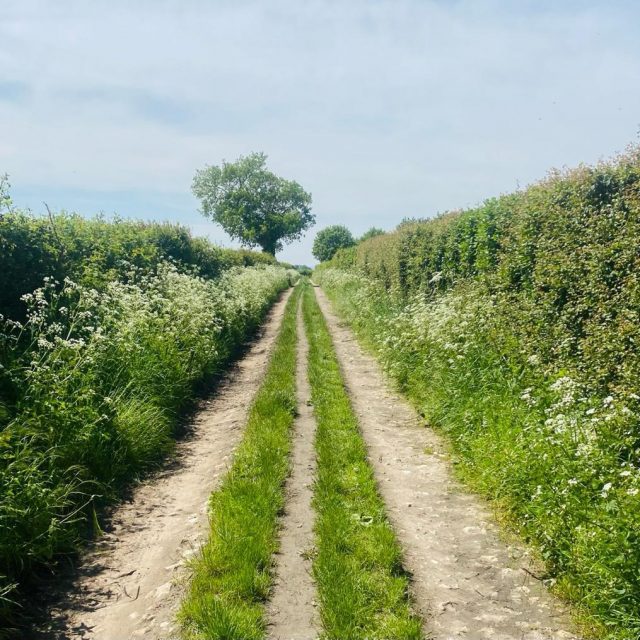
Leaving by the back-door, we cross the garden and stride purposefully out of the gate, leaving our locked car behind us.
Within minutes we are on the Harroway, an ancient iron-age bye-way along which men and women have walked westwards, towards Stonehenge, for thousands of years.
We, too, are heading west, following England’s chalk downlands to the Jurassic coast, in Dorset, 100 miles away, where the chalk finally ends in plunging vistas of white cliffs and sea.
And, like our forebears, we are on foot.
For months the pandemic has kept us largely homebound. But now it’s late May, the sun is at last shining and the pubs are open and available for night-stops.
Our feet are itching.
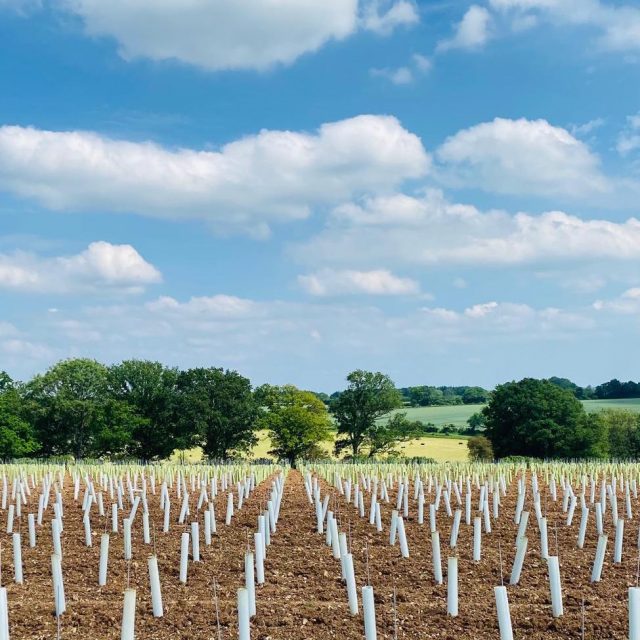
After a mile, we see our vineyards, which hug either side of a dry chalk valley, and beyond them the diagonal lines of vine-guards that mark the new vineyard we finally finished planting just the previous day.
It’s eleven years since we planted our first vines on these slopes and we have now doubled their acreage. We have found, with our cool climate and English chalk soils, the perfect balance of crisp acidity and beguiling sweetness, as well as the saline minerality, that lie at the heart of all great sparkling wine.
So we are walking now, like pilgrims, across these same chalk downlands, with their rolling contours and brick-and-flint farms, their sheep and wild flowers and gin-clear chalk-streams, in homage to their genius and to their ancient beauty.
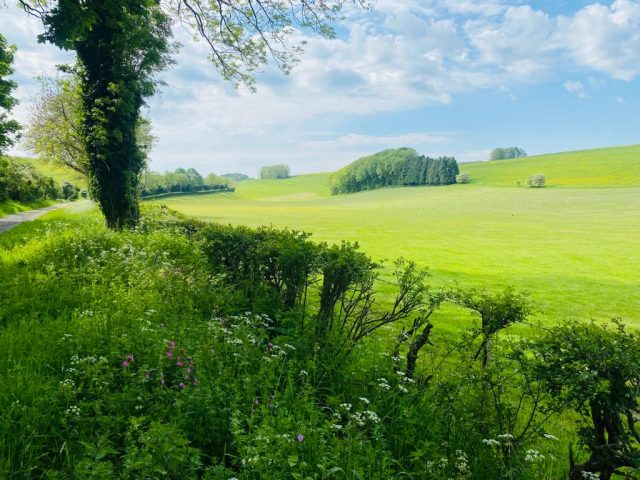
We arrive, on the first evening, at The Peat Spade in Longstock, on the banks of the River Test.
A pretty red-brick Victorian house with high painted gables and hexagonally latticed windows, it is framed by the willow trees on the banks of the river behind it. Inside, old brick fire-hearths and wooden floors, panelled walls painted duck-egg blue, brass beer taps and harlequin chairs, upholstered in tartans and ginghams, exude a well-worn, satisfying comfort.
The food, much of it from the river, is both unpretentious and delicious.
We slip into a deep sleep, broken only by a perfectly cooked English breakfast the following morning. Afterwards, we wave goodbye to the friendly staff before regaining the Test River as it widens out across water meadows of buttercup and cow parsley, past the rose gardens of Mottisfont Abbey, before we leave its gentle progress towards Romsey and turn due west into Salisbury.
That night we stand in front of the Cathedral, 800 years old, silent, ethereal, shrouded in a blue summer dusk, but still radiating warmth from the heat of the day. It houses one of only four original copies of Magna Carta in existence.
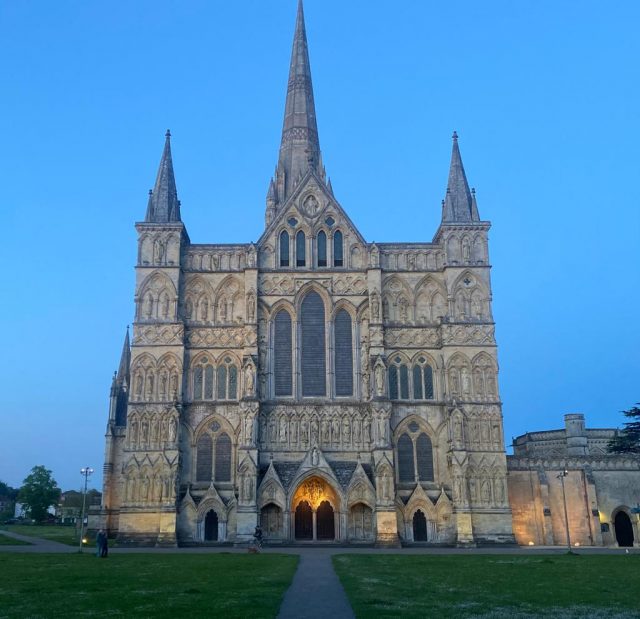
We stay in the Chapter House, formerly known as the Kings Arms, a Tudor coaching inn overlooking the cathedral that both Charles I and Charles II stayed in. Whilst the deep wood panelling and rickety floors are original, the creature comforts – crisp linen, power showers and attentive, friendly staff – create a satisfying blend of ancient and modern. It is a mind-bending time-warp, as well as a miracle of deeply comforting continuity.
From Salisbury we follow the River Ebble – one of five chalk streams that converge on the city – westwards to Broadchalke, hugging the river bank as we walk and dousing our sun-burnt faces in the cool waters of the stream.
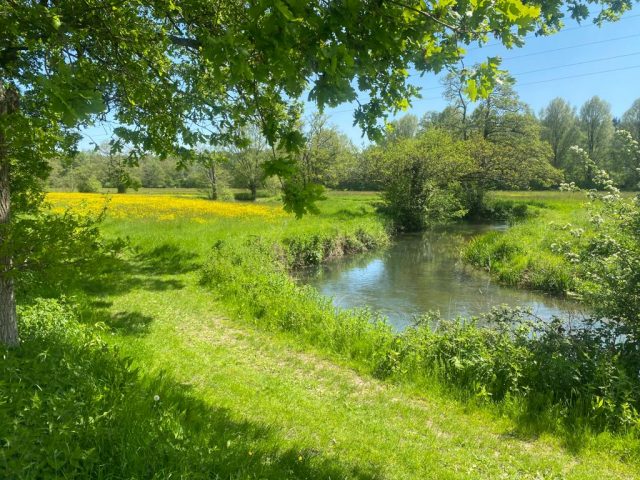
The Queen’s Head at Broadchalke was rescued three years ago by a local entrepreneur who has restored it brilliantly, safeguarding its ancient beams and brickwork but softening them with subtle paints, oriental runners and quirky pictures to create a family atmosphere that appeals both to loyal regulars, who congregate around the bar, and the diners who travel from further afield to enjoy the excellent home-cooking and freshly sourced local ingredients.
The next morning we make our first serious climb, up across the chalk downs and onto the high ridgeway of the Ox Drove, an ancient track that has transported man and cattle between Salisbury and the market towns of Wessex for thousands of years.
We stop to rest after our climb.
Directly below us, to the north, the land falls in a near-vertiginous grass slope to the occasional ancient village and church tower.
Ahead and behind us there is only sky and the continuation of the high chalk ridge we are walking on. Apart from the trilling of skylarks, whose song vanishes intermittently on the breeze, a deep solitude prevails up here.
And a timelessness, broken only by the distant hint of the villages below.
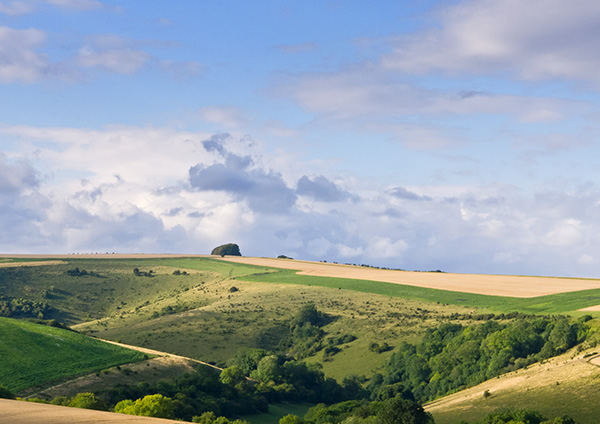
We continue our walk along the ridge, heading west, and reach Win Green, one of the highest points in Dorset. Below us, as our eyes accustom to the wide expanse of down and sky, the circular lines of bronze-age fortifications and the rounded tumuli of burial barrows appear beneath the surface of the thin upland grass.
We descend through Ashcombe and Tollard Royal and finally reach the Museum Inn at Farnham, a masterpiece of pub restoration into supremely comfortable accommodation and a first class restaurant, that never loses the appeal of a great English pub, with its long-won tradition of warmth and conviviality.
It’s another three days before we reach the Dorset coast and first glimpse the white cliffs of Studland Bay above a sea of low mist.
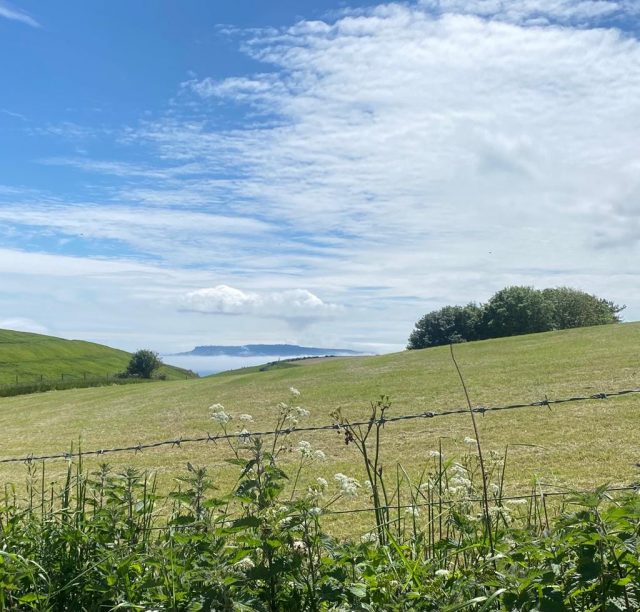
In the meantime we stay in both the family-owned and run Crown Hotel in Blandford and the Kings Arms in Dorchester, the former full of family memorabilia, copper baths, panelled rooms and happy diners, the latter a master class of urban chic and modernity that nevertheless fits perfectly within it fine classical, early Georgian skin.
English pubs and Inns are undergoing a profound change, driven by the vision and flair of inspired individuals and some brilliant, fast-growing hospitality groups.
Combined with the ancient beauty of our chalk downlands and the simple joy of walking, they are surely one of the finest travel experiences around?
Read more

